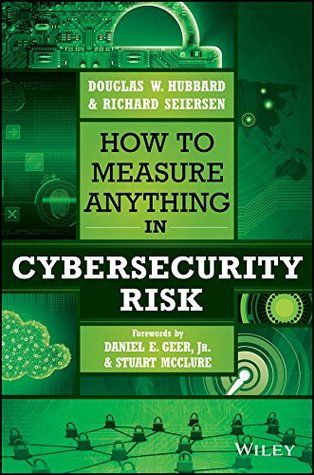More on this book
Community
Kindle Notes & Highlights
Started reading
November 12, 2019
Yet resources are limited. Therefore, the cybersecurity professional must effectively determine a kind of “return on risk mitigation.” Whether or not such a return is explicitly calculated, we must evaluate whether a given defense strategy is a better use of resources than another.
What is causing such a dramatic rise in breach and the anticipation of even more breaches? It is called attack surface. “Attack surface” is usually defined as the kind of total of all exposures of an information system.
What risks are acceptable is often not documented, and when they are, they are stated in soft, unquantified terms that cannot be used clearly in a calculation to determine if a given expenditure is justified or not.
In one widely used approach, “likelihood” and “impact” will be rated subjectively, perhaps on a 1 to 5 scale, and those two values will be used to plot a particular risk on a matrix (variously called a “risk matrix,” “heat map,” “risk map,” etc.). The matrix—similar to the one shown in Figure 1.1—is then often further divided into sections of low, medium, and high risk.
Once the tester has identified a potential risk and wants to figure out how serious it is, the first step is to estimate the likelihood. At the highest level, this is a rough measure of how likely this particular vulnerability is to be uncovered and exploited by an attacker. It is not necessary to be over-precise in this estimate. Generally, identifying whether the likelihood is low, medium, or high is sufficient. —OWASP20 (emphasis added)


